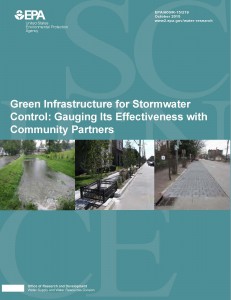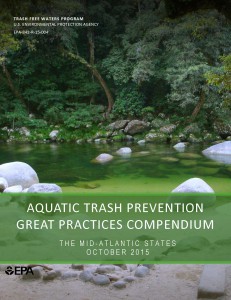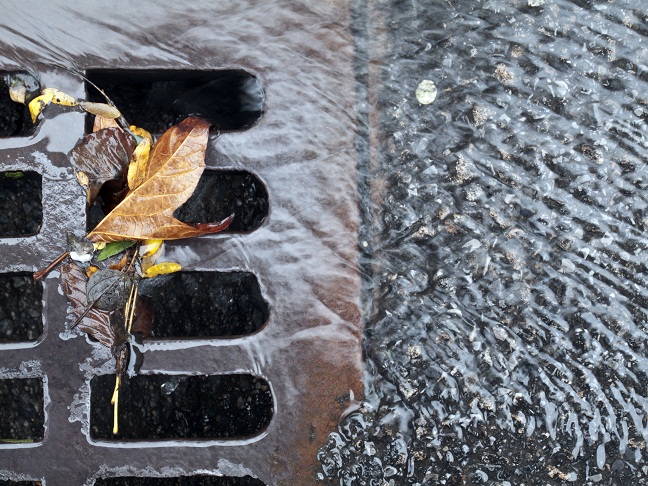 The U.S. Environmental Protection Agency (EPA) released two new reports in October 2015. The first is a synopsis of EPA Office of Research and Development (ORD) findings, lessons learned, and guidance related to green infrastructure. The report, titled Green Infrastructure for Stormwater Control: Gauging Its Effectiveness with Community Partners, is the most comprehensive summary of ORD’s research efforts to date. The report explores the effects of green infrastructure on water quality and aggregate hydrologic response. The findings in the report are based on research efforts across eight EPA regions and include one downspout disconnection, three green roofs, two bioretention facilities, and two permeable pavement installations. The report also includes studies examining the effects of development and urban soil infiltration rates.
The U.S. Environmental Protection Agency (EPA) released two new reports in October 2015. The first is a synopsis of EPA Office of Research and Development (ORD) findings, lessons learned, and guidance related to green infrastructure. The report, titled Green Infrastructure for Stormwater Control: Gauging Its Effectiveness with Community Partners, is the most comprehensive summary of ORD’s research efforts to date. The report explores the effects of green infrastructure on water quality and aggregate hydrologic response. The findings in the report are based on research efforts across eight EPA regions and include one downspout disconnection, three green roofs, two bioretention facilities, and two permeable pavement installations. The report also includes studies examining the effects of development and urban soil infiltration rates.
ORD’s research will help bridge the gap in engineering experience related to green technologies. According to the report, “individual green infrastructure practices have only been analytically studied for the last 12 years, and studies measuring the aggregated response of many [stormwater control measures] over large areas and for multiple years are extremely rare.”
The overarching goal of EPA’s green infrastructure research is to quantify the reduction in stormwater runoff and resulting changes in water quality and other environmental, economic, and social benefits. Additionally, ORD is obtaining engineering and cost data around design, installation, operation, maintenance, and replacement. Communities can use the data to make decisions about green infrastructure implementation.
 In October, EPA also released Aquatic Trash Prevention Great Practices Compendium for the Mid-Atlantic Region. Aquatic trash — litter that reaches waterways — is a pervasive problem that degrades water quality and aquatic habitats. Aquatic trash is an aesthetic blight with serious economic, ecological, and human health effects. The goal of the report and of the Trash Free Waters program is to support states, municipalities, and businesses in collaboratively and creatively addressing aquatic trash in targeted geographic areas.
In October, EPA also released Aquatic Trash Prevention Great Practices Compendium for the Mid-Atlantic Region. Aquatic trash — litter that reaches waterways — is a pervasive problem that degrades water quality and aquatic habitats. Aquatic trash is an aesthetic blight with serious economic, ecological, and human health effects. The goal of the report and of the Trash Free Waters program is to support states, municipalities, and businesses in collaboratively and creatively addressing aquatic trash in targeted geographic areas.
The report is a compendium of successful litter reduction case studies. These examples encompass several approaches, such as source controls efforts — like affecting behavior changes — that prevent trash from entering waterbodies. Case studies also include examples of infrastructure that captures litter once in waterways.




